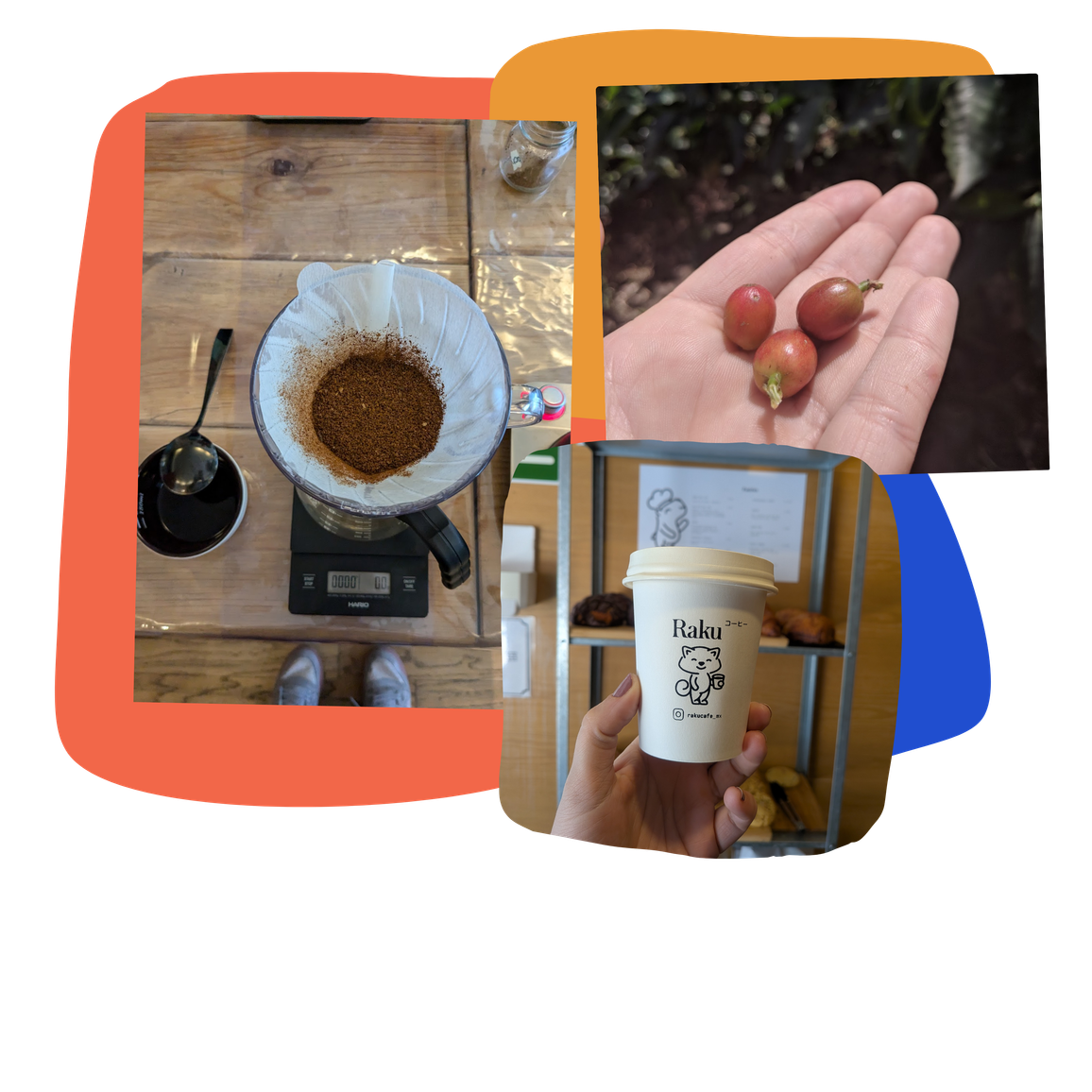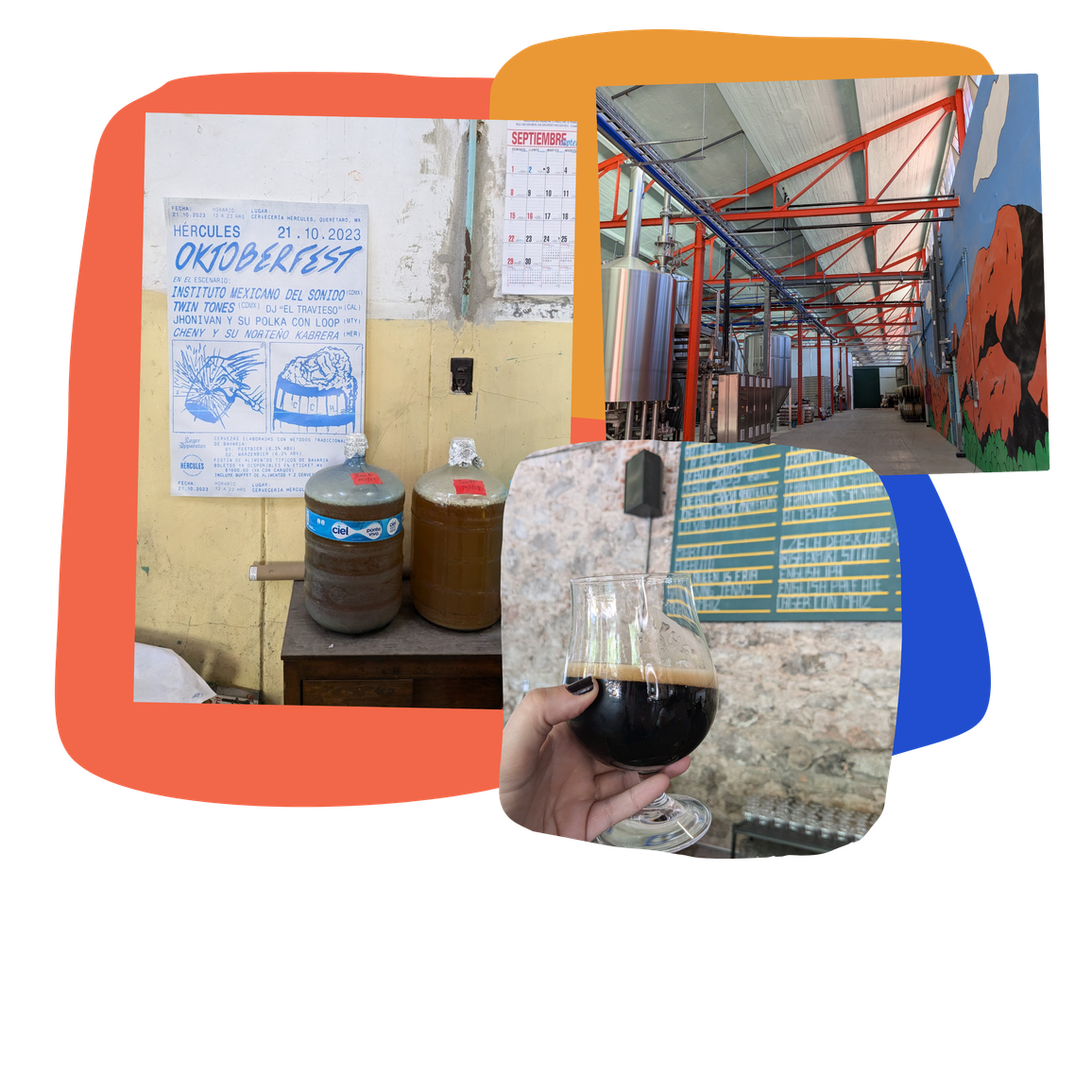Mexican Aperitifs
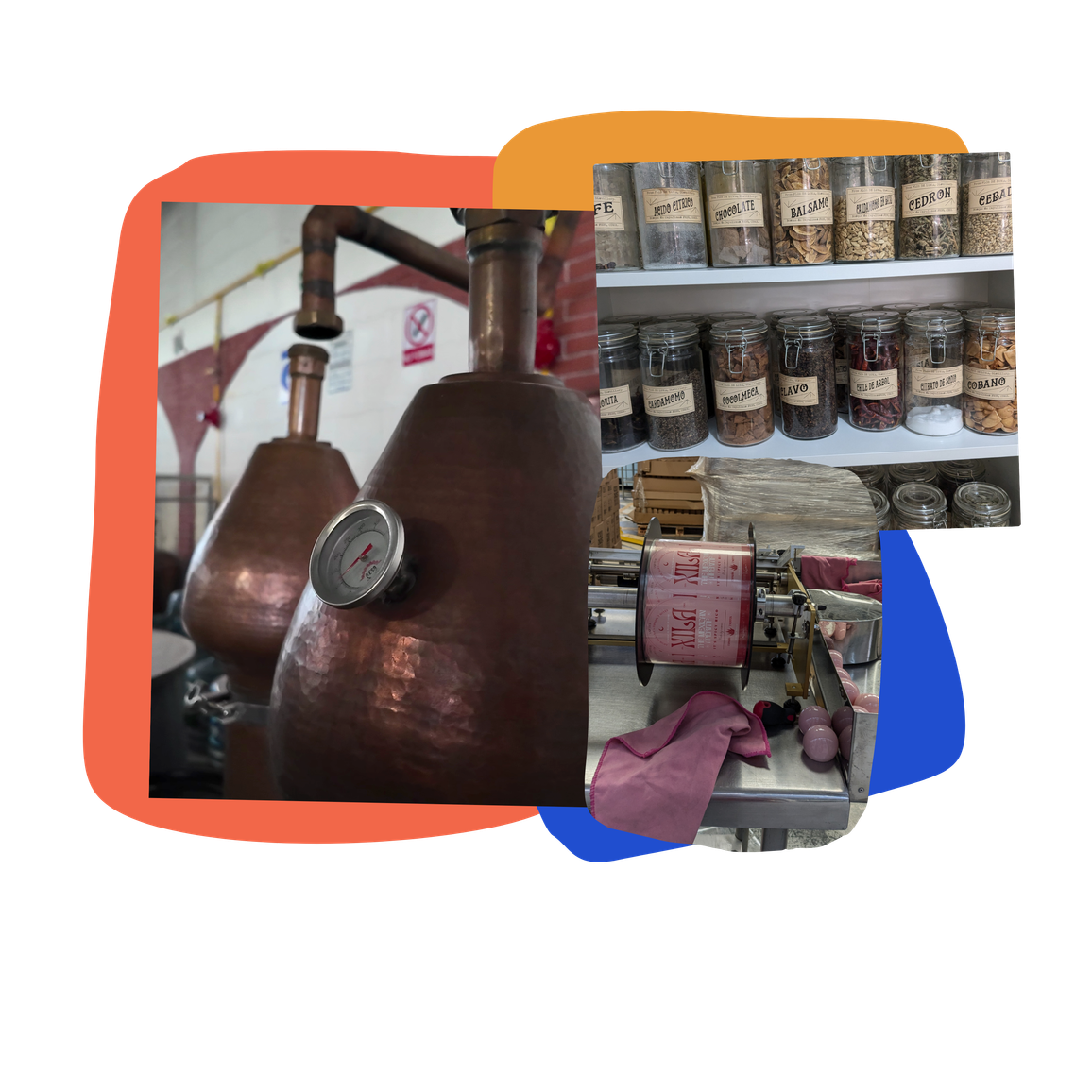
Mexican Aperitifs
Aperitifs are quintessentially Mediterranean, but now Mexico is making waves with its own versions.
In this episode, we’re traveling to a woman-owned micro distillery in Mexico City to learn about Xila, a spicy aperitif. (And the perfect addition to your next spritz!)
Listen to this episode to hear all about:
- What an aperitif even is!
- Why Mexico is uniquely positioned to make great ones
- How Xila's founder started making liqueurs when she was just 18 (and nearly poisoned her coworkers in the process 😆)
- The challenges in starting an alcohol brand as a young woman trying to do something new in Mexico
- Why Xila might be the ultimate utility player for your bar cart
Subscribe
Subscribe to the show in your favorite podcast player to make sure you never miss an episode!
And maybe leave a rating and review while you're there? 🙏
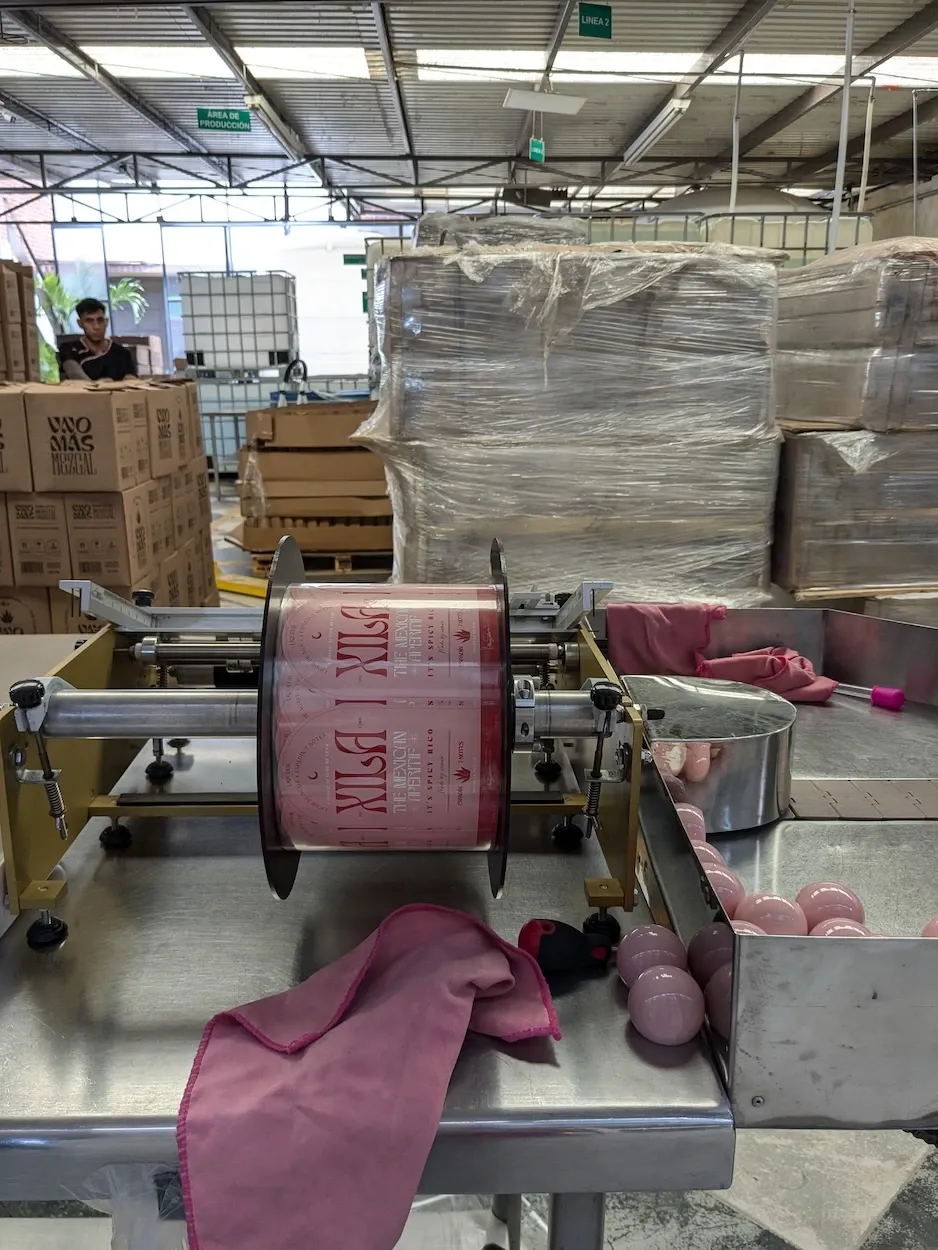
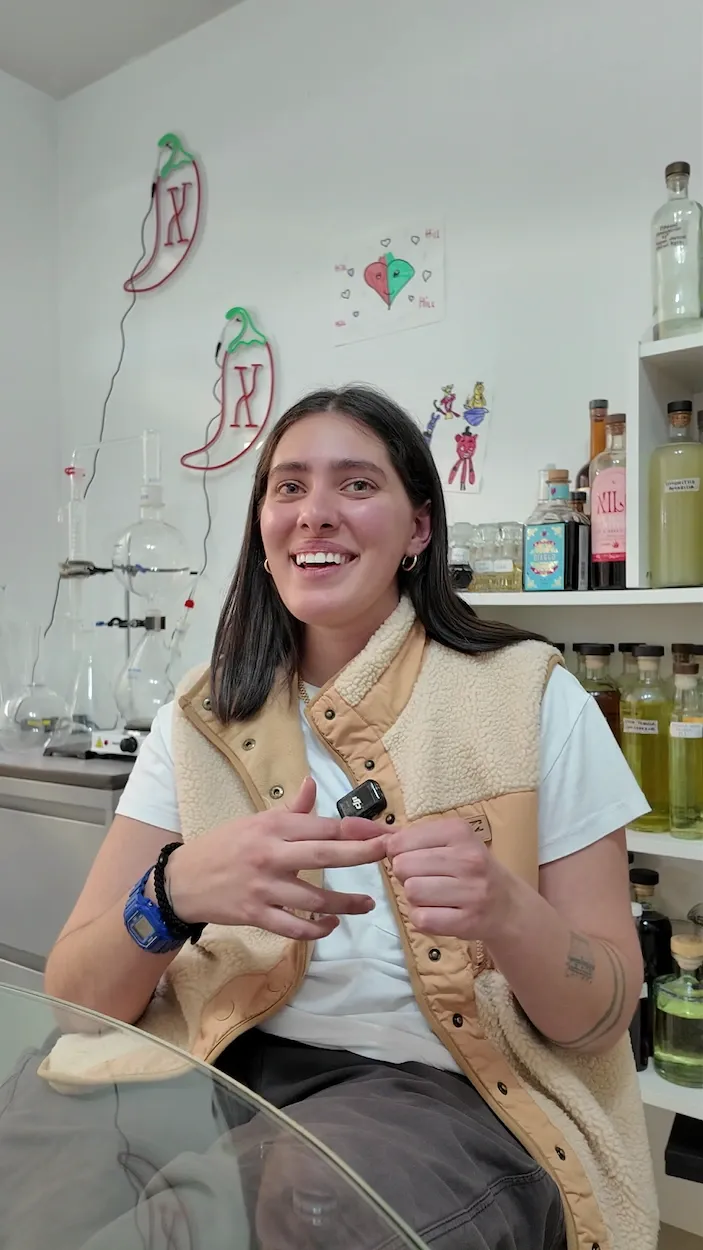
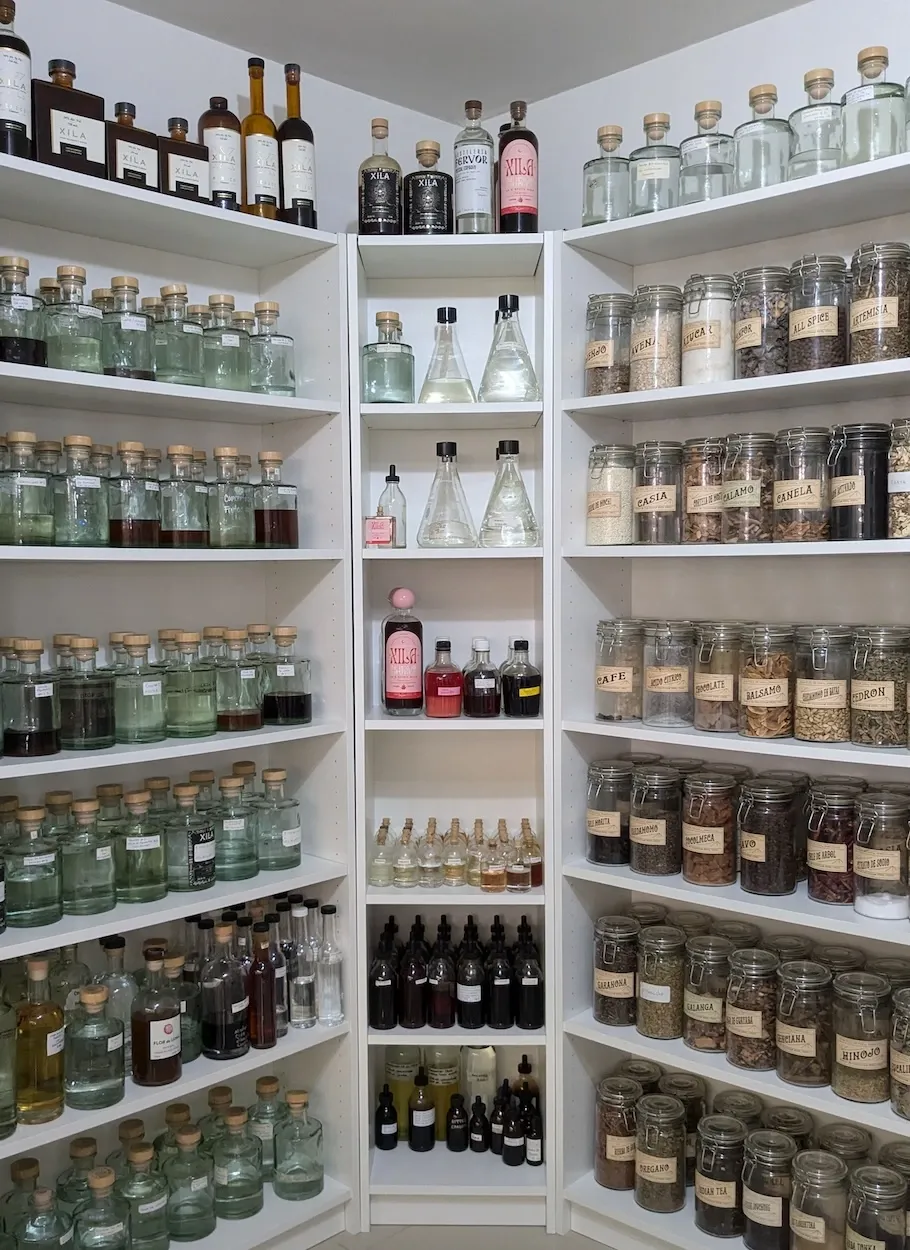
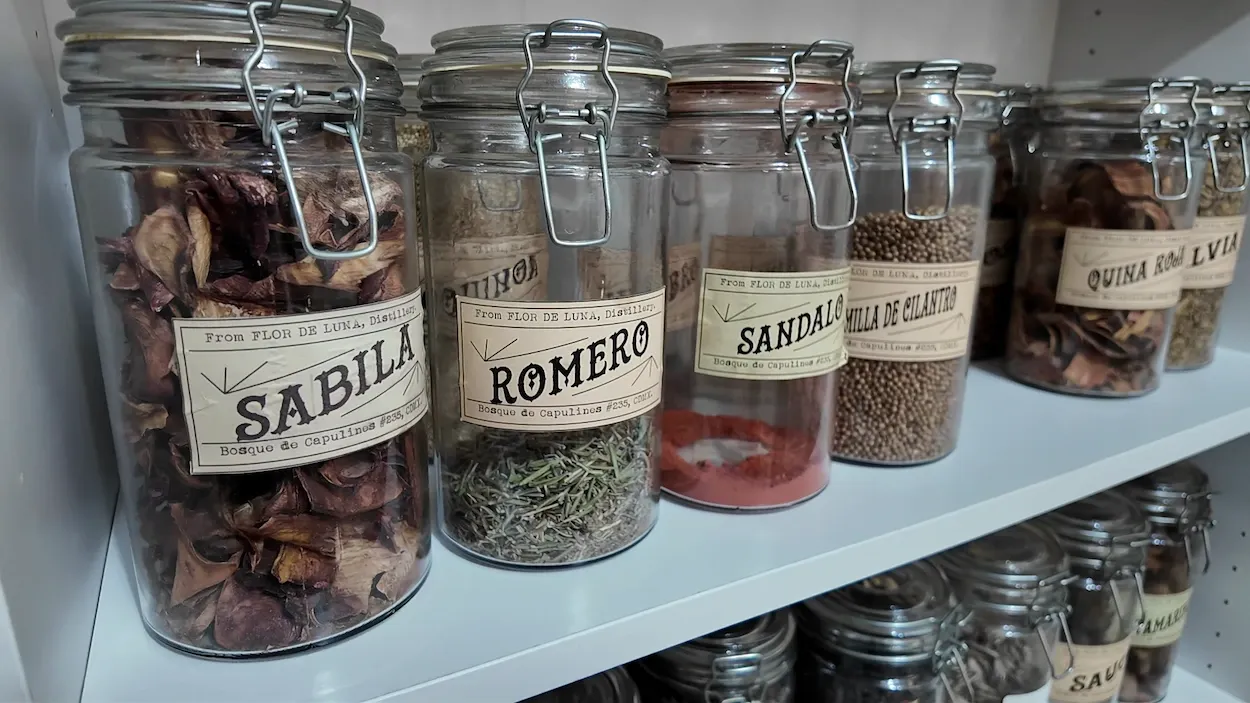
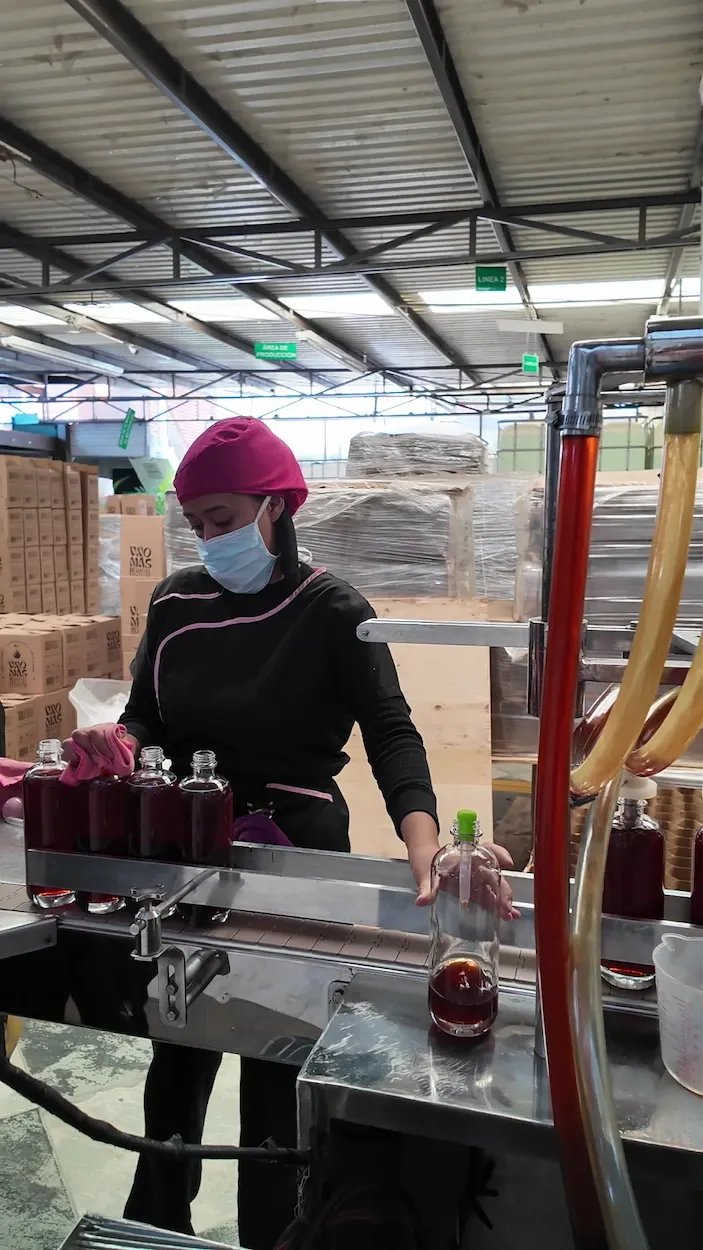
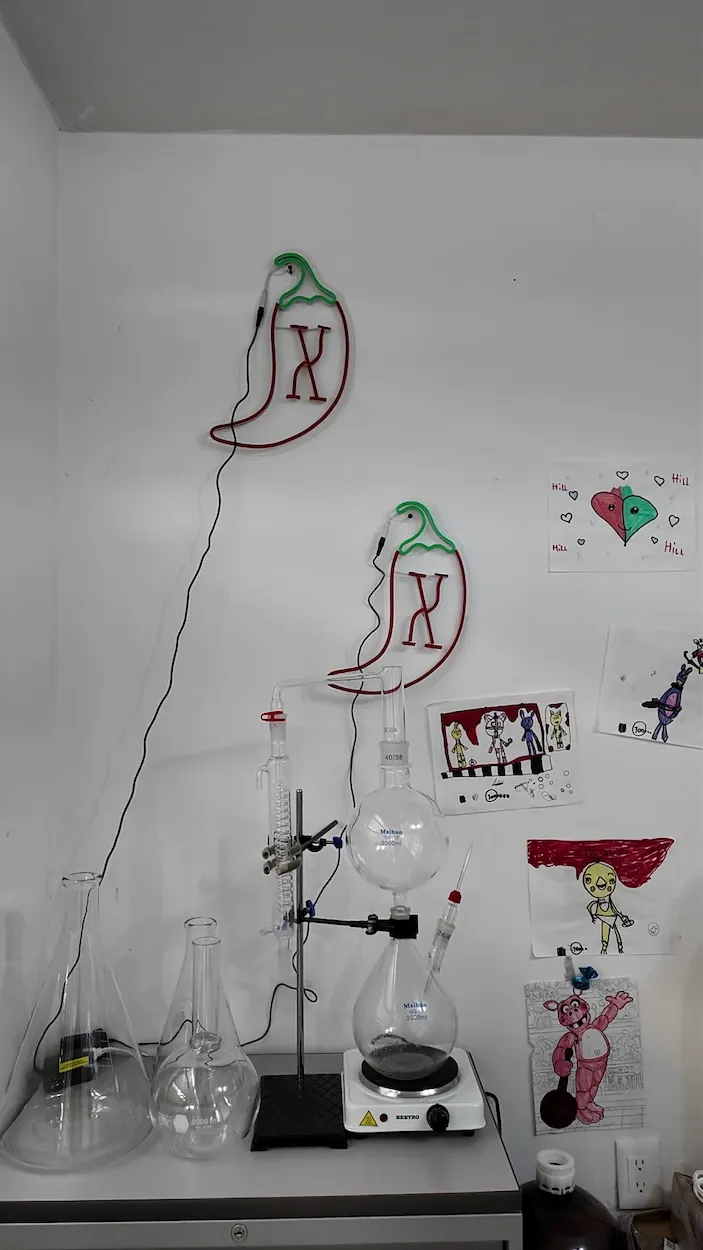
© 2025 Between Drinks
More from this episode
Aperitifs are a huge category with a lot of variation in flavors. Which is what makes them so fun! Especially in a biodiverse country like Mexico, where there is not shortage of inspiring ingredients.
Transcript
Show Intro (0:00)
Welcome to Between Drinks, a podcast where we travel the world one drink at a time.
I’m your host, Caro Griffin, a mezcal sommelier, traveling bartender, and all-around drinks nerd.
In each episode, I’ll take you somewhere new to dive into a local drink with a story to tell. We’ll talk about its history and how it’s made, but also its connection to the place and the people that make it what it is.
There’s a great story behind every great drink, and I can’t wait to share them with you. Thanks for listening.
Episode Intro (00:25)
Picture it with me: a patio on a warm day, a sweaty wine glass in your hand, and that perfect combo of sweet and bitter hitting your tongue as you sip your… well, let’s just say - it’s not your first Aperol spritz of the day.
It’s a quintessential Mediterranean moment that’s traveled well beyond the EU’s borders to become a hallmark of summer for a lot of us. And its popularity has coincided with a growing love of all things bitter, which has surely contributed to how often I see it on my Instagram page these days.
At the heart of this delicious beverage is an aperitif, or apertivo. And, up until recently, they were strictly the fare of Italy, Spain, and other Mediterranean countries.
So why should we be drinking ones that come from Mexico?
I’m so glad you asked…
Hillhamn (14:38)
For me, it was liqueurs, every type of liqueur. I fell in love with making liqueurs more than anything else because you just have a lot to do in there. A lot of things you can use.
With gin, you can also do a lot but it's much more simple, for me, than a liqueur. It's much more complex. It's layered. You can do amazing things with it, and you have a lot of categories in liqueurs so it's huge.
So, for me, I was like, I want to focus on my own products, in making things that you can find. Because who would make a Mexican vermouth?
Right now, you see more of them in the market and everything. But, for me, it has always been like, why can't we also make it? Like, I know, maybe Europe has its own NOM or Argentina as well, but in Mexico, we have nothing. So, why not do it… or amaros as well? or aperitifs?
Overview of Apertifs (02:03)
That was Hillhamn Salome, the founder and master distiller of Xila, a Mexican aperitif with quintessential Mexican flavors.
Unless you hail from southern Europe, you probably have only a wobbly idea of what an aperitif even is, so let’s break it down:
- An aperitif is an alcoholic beverage served before a meal to stimulate your appetite.
- It can be a spirit, a bitter liqueur, a fortified wine… It’s less about the exact ingredients or production process and more about the effect or purpose it serves, which is making you hungry before a meal.
- Aperitifs are usually low in alcohol, and they can be drunk straight or mixed with things like sparkling wine, soda, or tonic.
- Think vermouth, but also Aperol, Campari, or anything you mixed with Prosecco on your last vacation.
As I said, aperitifs are quintessentially Mediterranean… and yet there are no geographical protections that require it to be made in the Mediterranean.
Because the term aperitif is a general term, it’s not like tequila, cognac, champagne or bourbon. Those drinks that have to be made in a certain place… but aperitifs, you can make anywhere. And that’s what Hilhamn was referring to when she said there’s no NOM.
So, Xila is taking this traditional drink and making waves with its own very Mexican version.
Hillhamn
Eventually, we came up with, okay, it really fits into the aperitif category, so let's call it that. And when we called it that, people were like, it makes total sense. I understand your product now, because before it was like, “But how do I drink it? How do I mix it?” And I'm like: neat.
You can drink it before or after lunch, or basically anytime. But people were like, “I don't know. It has mezcal, so it might be strong.” But, if you try it, it's not strong.
But then it has seven notes, so people were like, but maybe it's too spicy or too sweet, and so let's mix it. And it was complicated for me until we got to the term aperitif, and so it became much easier for people to understand. It kind of like made this little switch in the brain, of like, “Oh, I now understand how to use it, how to mix it, when to drink it.” So, it really became easier for us to sell.
Mexican Apertifs (04:18)
Here’s what I think is cool about apertifs being made in Mexico:
- First, Mexico is one of the most biodiverse countries in the world.
- Second, it’s also a food and drinks-obsessed culture, and aperitifs are a drink that sit squarely in the center of that.
- And third, Mexican culture, especially drinking culture, is not precious about much.
So, we’ve got a group of people who love food and drink, who have access to lots of great ingredients, and they’re not pressed about maintaining tradition or doing things “the way they’ve always been done” just because they’ve always been done that way.
As I like to say… producers here like to fuck around and find out… but, you know, in a good way.
Intro to Xila (05:00)
There are a few Mexican aperitifs on the market but Xila is by far my favorite. And Xila is spelled X-I-L-A, by the way. The name was inspired by the Zapotec word for woman.
The base spirit in Xila is a mezcal from Oaxaca, and the ingredients read like a list of items you’re likely to find in a Mexican home: cloves, black pepper, cinnamon, caramelized pineapple, ancho chile, lavender, even hibiscus.
This might be because Salome made the first batch in her actual home… or her parents’ home, that is, because she was only 18 when she first started making spirits.
Hillhamn
I remember I did my first liquor here. I grabbed the tea that I found at my parents' house. I grabbed a liter of, like, the pharmaceutical alcohol you use to clean your wounds with, and I mixed it, and I left it there for like, two weeks, and then I took it to the bar, and I'm like, look at my first liqueur. And the bartenders there were like, “What is this? You can't drink this. This, it's not like, food edible.”
Salome’s come a long way since trying to poison her coworkers.
Ten years later, she makes Xila in her own microdistillery right here in Mexico City… Or, it’s technically just over the line in Estado de Mexico.
Picture one big room that’s probably the size of a four or five-car garage. One corner has dozens (maybe even a hundred?) water jugs, the kind you’d put in an office watercooler, neatly stacked up so that they have plenty of water for their distillation without affecting the local town’s supply.
There are a few small copper stills. And the rest of the space is occupied by huge bags of ingredients, a pallet of boxes, and a small assembly line of employees who bottle, label, and pack bottles of Xila.
Every single bottle that’s sold in the US or Mexico is made in this one spot, but so are several other spirits, including Condesa Gin, which will come up in our gin episode.
And that’s because Hilhamn’s distillery, Flor de Luna, is a contract distillery. So, you can actually hire her to make your wildest booze dreams come true!
But Xila is all hers.
Hillhamn
This is a funny story because when I started reading my books, I got a book from the 1800s, and this book would tell you recipes of liqueurs that monks would do, or like old people would do, and it was like… You have to add a bucket of this and a cup of that.
But I was like, okay, it's not a standard measurement I can use right now. And most of them were like a pinch of this, like a little fist of that. And so I was like, okay, I'll do my recipe the same.
And so, let's say, for a liter of mezcal, it was like two lavender buds and then three cloves and a little bit of pepper and “this” of cinnamon. And so, our recipe right now still stands the same.
We tried to count the ingredients, measure them, and then do that, but the thing is, since we use fully natural ingredients, they all change and vary in size.
If I have to use, let's say, for 1000 liters of mezcal, 800 lavender buds, I have to make sure each lavender bud is almost the same size. Same with the hibiscus flowers—sometimes they're drier, sometimes they're not so dry.
So, it changes in weight and density, and so that's why we continue counting everything by hand, and it also helps us maintain a quality that is very down to the detail. And women are very, very easy to work with in that sense. They're very cautious in detail and patient.
How Xila is made (8:38)
Xila uses the same maceration, or steeping method, as some gin distillers.
Their base spirit is a mezcal from Oaxaca made from agave espadin. That is sent to Mexico City and stored in their distillery.
After the team has hand-picked every ingredient, they macerate (or steep) those ingredients in the mezcal for seven days. It’s kind of like making tea… to put it so simply that I’m probably insulting every distiller in the process! [Laughs] But that’s probably the best example of what’s going on here.
After it’s been “steeped,” the liquid is filtered seven times, and then diluted with water before it’s bottled.
The result of all this meticulous work is a unique aperitif that’s low in sugar (because they don’t add any) and relatively low in alcohol at 20% ABV, or 40 proof.
Xila is a little sweet, a little spicy, a little bitter, and totally delicious.
People who find traditional aperitifs too bitter are likely to love Xila. As are people who generally find most liqueurs too sweet… It’s just a versatile drink!
But it also wasn’t an overnight success…
Hilhamn
I remember I got a guy spit XILA on my face, and he was like, “What is this?” And he… he still talks bad about my brand.
We've encountered a lot of those people who were like… “You don't fit into the typical mezcalero, tequilero… and if it's not a family business, what are you doing?”
And for me, I created something that I'm proud of. And for years, I was not proud of it, because I encountered a lot of people like that, and they were like, “Oh, but this is weird. I don't like it. You're weird, whatever.” And, so, it became like a big insecurity to me that I was creating something from the heart and putting it out there, and people were not appreciating it. And, so, I moved markets, and I found the US, and people in the US loved it, loved my story.
Part of all of that process is me, trying to be proud of something I'm doing, even though people didn't like it, came in hand, or by the hand, of a lot of women who were supporting my brand and my philosophy. And so I founded the company and the distillery, and everything that I do with the purpose of always supporting women as well, because, at that moment, I was supported by them, and, you know, maybe not by them buying bottles, but it was like a moral support that, like you can do it. It doesn't matter where you come from, your age, or your socioeconomic level. Who cares? You're doing something that might make a positive change and impact.
And so, since then, I was like, “Okay, how can I make a bigger impact? Rather than just being a normal other alcohol brand, making money and wanting to sell…”
Well, I can employ women who are not given the opportunities because they're young, they have no studies, they are single mothers, or for any other reason. And so I was like, I will be by their hand and help them and guide them to know how to manage a distillery.
And so right now, as you can see, our team has grown. We have a lot of women. We also have men, but it's my philosophy of always creating a safe space for them to be able to tell when something is wrong, when something doesn't feel right, when something happened, or if they just need support in anything, in any area of their lives. And so, working with other women has helped us create a very light and happy environment where we don't have that many issues of harassment or violence or abuse, and if we do, we just move on past it and leave those people behind.
Challenges / Sexism (11:50)
All you have to do is look at Xila’s website or Instagram to see that women are at the heart of everything. Not just because it was founded by a woman and employs local women, but for all the reasons Salome says. Supporting women is just part of the company’s DNA. And nowhere was that more evident than the distillery itself.
Off the main space, there’s a small office for Salome. It’s wall-to-wall bottles and bitters, and macerated ingredients from her experiments. It was basically my version of Disneyland… and it’s where we did our interview so I feel like I should get major credit for staying on task and focused. [Laughs] I wanted to try everything!
Anyway, right behind her, tacked up to the wall, were pages ripped from a coloring book.
Come to find out, one of the employees’ daughters comes to the distillery after school to wait for her mom to finish work. She has her own little desk where she does homework or colors.
Hilhamn
My team now feels more like a family rather than a team, you know, because we're always connected and always thinking of the same things, in where we want to take the brand to. So, it helps us grow slow but steady.
Caro
It is a family business
Hilhamn
Yeah, yeah.
How to drink Xila (12:56)
Now, let’s talk about how to drink this delicious aperitif!
Xila is most commonly drunk over ice or in their signature spritz, but I love to pour a little on top of my favorite Paloma for an extra kick.
It’s also great poured over ice or soda water when you want a fun little drink… but also need it to be low in alcohol if you’re going to make that 7:00 am yoga class. (I mean, I personally never want to make a 7:00 am yoga class… but I know some of you do, so it’s an option!)
As far as where to find it —
Xila is widely available in Mexico, the US, and quite a few countries in Europe. And it's absolutely worth a try, so do yourself a favor and pick up a bottle!
Another brand that you can look for is Primo. It’s another aperitif made right here in Mexico City, in the Doctores neighborhood, and the profile is a little more tart or citrus-forward.
It’s available in the same places—Mexico, the US, and a few European cities. It’s newer, though, so distribution might not be quite as extensive yet.
As always, I’ve rounded up info and links for both brands on my website. The link is betweendrinks.co/mexicanaperitifs.
Also on that page, you’ll find some fun, behind-the-scenes photos and videos from my visit to the Xila distillery. And recipes for my favorite ways to drink Xila! Including my Paloma recipe, with a little Xila on top.
Conclusion (14:32)
Well, that’s all for this episode, folks.
If you’re new to Between Drinks, I want to make sure you know that I write a weekly newsletter about the overlap between travel, culture, and drinks.
It’s basically a mini version of this podcast, and it’s where I share a lot of the behind-the-scenes stuff that goes into these episodes—trips to distilleries, conversations with brewers and bartenders, and specific recommendations on where to get great drinks in cities around the world.
You can subscribe at that same link I mentioned: betweendrinks.co/mexicanapertifs.
Thanks for listening, and I hope to see you for the next episode as we dive further into other Mexican spirits!
Links From the Episode
- Xila, a Mexican aperitif
- Hillhamn Salome, Founder & Master Distiller
- Flora de Luna, a micro-distillery in CDMX
Mexican Aperitifs
Mexican aperitifs are widely available in Mexico and the US. (Just check your local liquor store!)
They are increasingly available in Europe, too. If you can't find it at your local liquor store, try specialty bottle shops or ask your favorite bartender. They know everything. 😉
XILA
A complex aperitif with sweet, bitter, and spicy notes. It's great over ice or in a Spritz! I also love to "float" a little on top of my favorite Paloma. I've included the recipe below.
XILA is widely available in Mexico and the US, as well as select cities in Europe.
Primo
Another aperitif from Mexico City with a more bittersweet and citrus-forward profile. You can drink it over ice or in a spritz, but I prefer it to use for a bittersweet twist on a classically bitter cocktail, like a Negroni.
Primo is available in Mexico, the US, and select cities in Europe.
Ancho Reyes
Two chile liqueurs from Puebla. The profile is primarily spicy, with additional sweet, smokey, and herbal notes. It's a great addition to a spicy margarita!
Ancho Reyes is available in Mexico and the US, with more limited availability in the UK, Ireland, and Spain.
How to Drink Aperitifs
The great thing about aperitifs is that they don't require any effort.
You can mix them in a fancy cocktail... but you can also just pour 2 oz over a cube of ice. (In fact, that's my favorite way to drink Xila!)
But for the most adventurous among us...
Caro's Paloma with Xila
One of the most requested cocktails at my pop-up bars! It's a less sweet, more mineral take on the classic cocktail.
Ingredients
- 1.5 oz — Mezcal
- 3 oz — Grapefruit Soda (ideally Peñafiel Toronjada)
- 0.25 oz — Lime Juice
- 0.25 oz — Xila
- Splash of tonic
- Rosemary for garnish
How to Make It
- Fill a tall glass with ice
- Add mezcal, grapefruit soda, lime juice, and tonic to the glass
- Gently stir once to combine ingredients
- Place a spoon face-down just over the surface of the Paloma and gently pour Xila over the back so that the liqueur "floats" on top of the drink
- Garnish with rosemary (optional)
Spicy Mezcalita with Ancho Reyes
Swap out the orange liqueur for chile liqueur to give your margarita an extra kick!
Ingredients
- 2 oz — Mezcal
- 0.75 oz — Ancho Reyes Verde
- 0.75 oz — Fresh Lime Juice
- 0.25 oz — Agave Nectar (or simple syrup)
- Lime for garnish
How to Make It
- Fill a shaker (or mason jar) with ice
- Add all ingredients and shake well
- Strain into a rocks glass over fresh ice
- Garnish with lime (optional)
"Jaded, Not Bitter" Negroni with Primo
When you substitute Primo for Campari, you end up with a Negroni that still tastes like the classic but is slightly less bitter.
I prefer this drink with Mezcal, but you can also use a good-quality gin that isn't too delicate. I recommend Acronimo to keep it Mexican, but Tanqueray No. Ten also works.
Ingredients
- 1 oz — Mezcal
- 1 oz — Primo Aperitif
- 1 oz — Sweet Vermouth
- Garnish: orange half-wheel
How to Make It
- Add all ingredients to a mixing glass with ice
- Stir until chilled
- Strain into a rocks glass with fresh ice (ideally one big cube)
- Garnish with orange (optional)
